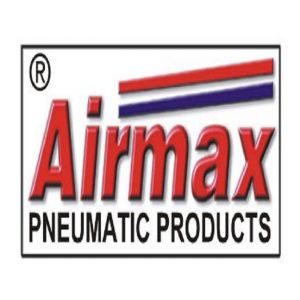Choosing Pneumatic Cylinders: 5 GuidelinesPosted by Airmax Pneumatics on February 21st, 2022  For OEM applications, pneumatic cylinders are the most accepted solution for creating force and motion. These are simple in design, easy to install, economical in price, and durable in performance. Cylinders can be designed in a wide range of sizes, styles, and configurations. Pneumatic cylinders need to be carefully selected by OEMs so that they support the application well. Keeping a few guidelines in mind is the easiest way to accomplish this. Pneumatic Cylinder Selection GuidelinesOEMs can use the following points to understand the aspects to consider when selecting pneumatic cylinders for their applications. In this post, we will discuss rod style cylinders. Cylinder Arrangement: There are two types of rod cylinders - single acting and double acting. Compressed air is supplied to only one side of a piston, creating force and motion in only one direction. Compressed air is used to supply enough force for both extending and retracting strokes from double acting cylinders. A single-acting cylinder has limited extension due to the presence of a compressed spring in the design. In double acting cylinders, the piston rod can bend or buckle after consistent use over a period of time. Cylinder Types: There are two primary types of pneumatic cylinders: compact and guided. Compact cylinders are designed for applications that require a small stroke and less space. Guided cylinders provide precise motion solutions, and can be used in heavy duty applications, where a guided, or large offset load is needed. Force Output: As a guideline for pneumatic cylinder selection, the amount of force that a cylinder creates is also important. By measuring the cylinder\'s bore and air pressure, this can be determined. In general, the force generated by the cylinder should be twice as much as the load. Cylinder Speed: The stroking speed of a cylinder is crucial. There are also other factors that affect speed, such as port sizes, inlet, and exhaust flow through control valves, and hose or tubing sizes. You should also take a look at cylinders that have flow controls on the ports. Cylinder Air Consumption: Two factors contribute to pneumatic cylinder air consumption. The first is the volume of air displaced by the piston during operation. The second is contaminated air that passes through valves, ports, tubing, and end cover cavities. Even in the worst case scenario, customers should ensure that the cylinder can supply air. When a Pneumatic Cylinders in India meets all of these criteria, you can be certain that it will perform well in your OEM application. Like it? Share it!More by this author |


